Knit Now Awards day out
An awards day out? What is this?! Well read on, and I’ll tell you …
Back in January, I was delighted to hear that I’d been voted one of Knit Now magazine’s Online Innovators in their annual awards – a very special award for me as it’s the second time I’ve won one of the Knit Now awards and as the first one was my very first award EVER, you’ll understand why this one feels particularly special – and it’s thanks to you that I won. I never forget that any of the awards I win are down to you voting for me, and I am grateful for your support – and also that I am able to write what you want to read!
Knit Now awards are different to others in that they give the winners a money-can’t-buy prize of a visit to a yarn mill and to my absolute joy, they had teamed up with West Yorkshire Spinners for a day out at their mill. Yes, I have been to the mill more often than most people in the last few months but you’ll also know that I love looking behind the scenes at everything and it’s been a few years since the last mill tour – there was no way I was going to miss this day! (For the first award, the visit was to Sirdar and as you’d probably expect from me, there was a full review of the first award day in not one but two blog posts 😀)
Warning – this is a really long post full of facts, photos and more sheep than I think I’ve ever posted about before. You might need a brew. Or a sleeping bag!
Last Thursday, I drove the now-familiar route from Winwick to Keighley to the West Yorkshire Spinners mill – the weather hasn’t been pleasant at all for the last week or so – we’ve had gale-force winds and driving rain and it looked like Yorkshire hadn’t been spared either …
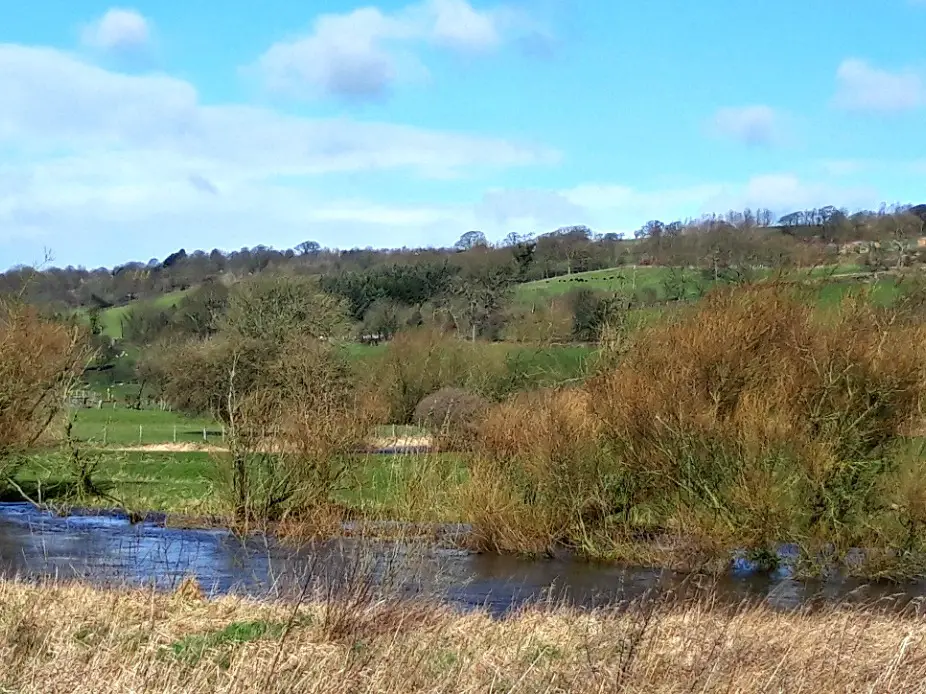


Once everybody had arrived (you can see the list of winners here, although not everybody could make it to the day out), we were given hi-viz jackets (ostensibly for health and safety reasons although I suspect it was just as much to make sure that nobody dived unnoticed into the yarn and fleece for a day of snuggling and squishing) …

Spotted at the mill – one chirpy sock knitter!
we were shown through to a room which would be our base for the day. It was full of samples of West Yorkshire Spinners recent yarn launches – Bo Peep with gorgeous toys and matching children’s clothes by Emma Varnam …

Rhiannon and Danielle from WYS are in this picture – looking forward to visitors! 😂
the new Colour Lab DK (the 100% wool replacement for Aire Valley DK) and a certain Signature 4ply range that you might have heard me mention before. You do need to know that you may get tired of hearing about it long before I get tired of telling you about it! 😀

Here we are, buzzing with excitement and trying not to spill our cups of tea as we get to say hello to people that we might only ever have connected with through social media before. I was super-excited to meet up with Sarah Holmes who has runs the Flower Power Fund and collects hand-knit socks every year to give to the residents of the Marie Cure Hospices around the country at Christmas – some of the Yarndale Sock Line socks have gone towards her total for the last couple of years so it was lovely to finally meet her. I also met Karie Westermann, whose patterns I’ve admired for some considerable time and Felix from KnitSonik who does some amazing things with knitting and sound so that was another exciting moment, but everybody who was there was either somebody I’d met before or had heard about through either blogging or social media. It was amazing to be in the same room as them all!

My buddy Emma Varnam was there and also Helen who tech edits my patterns (both for More Super Socks and for West Yorkshire Spinners) – I’d love to tell you that I never make any mistakes and so she has an easy life with me, but sadly not. It’s amazing what you miss when you’ve written and re-written a pattern several times and we become blind to glaring mistakes that seem embarrassingly easy to have missed when they’re pointed out to you. Helen is a regular visitor to WYS and had her own jacket which made me laugh …

We began with a talk from a very knowledgeable lady called Haldi who works at British Wool (previously the British Wool Marketing Board). Now, I know that not everybody loves collecting facts quite as much as I do so I’ll do my best to not continue this blog post into next week, but there’s some fascinating stuff to tell you.
British Wool is an organisation that was set up in the 1950s to educate farmers and consumers, to undertake research and development and most importantly, to collect, grade, market and sell the fleece of some 40,000 sheep farmers in the UK. This is where the wool that goes into yarns such as those spun at West Yorkshire Spinners starts its journey.
Sheep farms in Britain have an average of around 350 sheep per farm (compared to, say Australia or New Zealand where the average is around 5,000) which seems quite small and indeed, despite 30 million kilos of British wool produced each year, that only makes up 1.5% of the world market. The size of the flocks isn’t everything, though, and quality is hugely important – something that British Wool care deeply about when they are promoting what our farmers produce.
Back to our British sheep though … once the sheep are shorn, the farmers send their fleeces to a grading depot where each one that comes from the farm is checked by a grader who will have gone through a 3-5 year apprenticeship to learn the skills to be able to tell by touch alone the length, strength and staple quality of the fleece and through that, amazingly, the health of the sheep at each farm. Just as our hair might not feel great after a bout of illness or a hangover, the quality of a sheep’s fleece is affected by elements such as climate, diet, habitat, shearing and gender. Consistently poor fleeces throughout a batch might indicate that something is wrong at the farm and this information will be shared with the farmer so that they can decide how to improve the welfare of their sheep. There are 40 graders (only 40!) to deal with all of the fleeces, so when you think about the 30 million kg of wool produced, that’s a hugely responsible – and exhausting – job!
The fleeces aren’t graded according to breed but according to specific categories – there are 80 categories but the main ones are: fine, medium, cross type, lustre type, hill type and mountain type, and these will all relate to particular groups of sheep breed (Herdwicks are mountain type sheep, for example, and Blue-Faced Leicester are lustre type sheep), and then within those types there are more categories to do with fleece colour, quality, health and so on. We have the most pure breeds of sheep in the world right here in the UK (over 60 of them!) so you can see why it would be important to separate the fleeces out in this way. In addition, each group of sheep types has a specific use for its fleeces – Herdwicks and mountain sheep fleeces, for example, are perfect for settings where they are required to be hardy and stand up to adverse conditions just like the sheep do, so you’ll find them used in carpets or as insulation as wool is a wonderful product to regulate moisture from the air (and feet, which is why wool socks are so great!). It’s also recently been discovered that wool improves air quality in buildings and helps to remove VOCs (Volatile Organic Compounds) and allergens from the air and there was a question about whether having a large yarn stash would be a good thing in this case … 😀
For clothing, the fleece from other breeds are more suitable. This photo shows the fleece of Blue-Faced Leicester (on the left) and Wensleydale, both of which are regularly used in yarn. Even in a photo you can see the shine on the fleece …

and look at those BFL dreadlocks!

Click this link to see what Wensleydale sheep look like – I’m not sure that I’d like to have to comb all the tangles out of that hair-do!
In comparison, this is the fleece of a Moorit. It’s much more dense and much shorter so wouldn’t necessarily be used for the same things as Wensleydale or BFL.

The sheep look completely different too – they remind me of deer!

Source: https://heartandsoil.blogspot.com/2012/09/new-rare-breed-sheep-castlemilk-moorit.html
Once the fleece has been sorted and graded, it is core tested for quality. This means that a sample is taken to see how much wool is going to be left after the fleece has been washed (the usual amount is 70% after all the muck and debris that sheep collect in their fleece has been removed), to determine the colour and the percentage of vegetable matter in the fleece. There are only 5 testing stations in the world so again, that’s an incredible job!
Finally, the fleece is ready to go to auction. You might imagine that these take place a bit like the sheep and cattle auctions where people in flat caps nod imperceptibly and everything has taken place before you even notice, but these auctions are all done by computerised systems. There are 18 of them each year and as sheep are shorn every 9-12 months and mostly at similar times of year, the amount of fleece that goes to each auction is carefully controlled so that the market doesn’t get flooded and so that the farmers gets the best price for their fleeces.
This is where West Yorkshire Spinners join the process, buying in the fleeces that will go into their yarns – although first it goes to a scouring mill to be washed and combed through reading for spinning. Here’s what the fleece looks like after it’s been washed (scoured) and the lanolin has been removed …

Now there’s a bad hair day! 😀
followed by carding to remove any little bits of debris and to start the process of getting all the fibres to lie in the same direction. This is what carded fleece looks like …

and finally it’s combed to take out any short fibres and produce the “tops” which are used for spinning, and this is how it arrives at the WYS mill. Don’t you just want to snuggle that? It’s like a little furry animal!

British Wool are working hard to promote British wool and to improve standards year on year so that itchy, scratchy knitwear becomes a thing of the past. They invest in research and development to help farmers, train 1,000 shearers every year and are keen to spread the word of wool’s “super powers” – it’s fire resistant, hypo-allergenic, naturally resistant to dust mites, limits noise transfer and insulates. Our wide range of habitats and sheep breeds gives British wool a range of fleeces that are ideal for pretty much any situation from construction to clothing, and it’s no wonder that companies want to cash in on the “British wool” brand whether their products contain British wool or not. There’s been a recent change to the badges that companies can give to their products: they are either 100% British wool (such as WYS’s new Colour Lab yarn) or British Wool Blend (such as Signature 4ply which contains nylon) – to be classed as a British Wool Blend, the product must contain more than 50% British wool.

Right then – still with me? Need a brew? Feel free to take a break for a minute and boil the kettle!
We’re going to follow the story to the West Yorkshire Spinners mill now. Richard (the Sales Director) and Janice (the Sales Manager) filled the room with their enthusiasm and passion for the yarns that WYS produce, and the sheep that contribute to the process:
Blue-Faced Leicester – lowland sheep that eat good quality grass which helps the sheep to produce their high quality lustrous fleeces…

Jacobs – perfect for Aran jumpers because of their springy fleeces which give great stitch definition to cables …

Shetland – Queen Victoria would only wear hosiery made from Shetland yarn so that shows how special it is! WYS work with Shetland wool company Jamieson and Smith to buy the fleeces and have been granted a licence to officially name the Shetland breed in their yarn (The Croft). WYS also give back to the crofting (farming) community to ensure that this way of life continues for future generations, and they are so committed to their connection with Shetland and the crofters that they have invested in new dyeing machinery that produces yarn that knits up to look like fishing nets, to celebrate another way of life in the islands …

Alpaca – super-soft and hypo-allergenic, alpaca is an immediate choice for many people in their yarn. Many years ago, the best fleeces had to be imported but now the quality of the fleeces from British herds means that WYS can buy them in from British farmers and help to support the industry closer to home. Alpaca is blended with Falkland wool in the Illustrious yarns – alpaca on it’s own can be a little spiky sometimes, but the long staple length of the Falkland wool wraps around the alpaca and makes it softer. (I love that wool can wrap around anything to give it a woolly hug!)

and finally, Falkand wool. Because there is no pollution on the Falkland Islands and the contaminants that would otherwise affect the colour and quality of the fleeces can be controlled, the fleeces are much whiter than anywhere else which makes them perfect for dyeing. You only have to look at the vibrancy of the colours in the WYS range to see how this is true!

Being an independently-owned mill gives WYS the freedom to innovate, to make their own choices and to develop their own ranges – and to work with people like me who might otherwise not get the chance to do so. Long may it continue!
Phew, this is turning into a very long post but there was so much to see! Ready for a quick tour of the mill? You can find more details in my original mill post but I took a few photos to show you.
Here are the wool tops when they first arrive from the scouring mill. They feel gorgeous, soft and bouncy, and this is Peter the Managing Director talking about how they are fed through the machine behind him to start the process of becoming yarn.

This is how the tops arrive at the mill. It reminds me of a huge sea shell!

Now it reminds me more of a fossil as it unwinds coil by coil to go through the first machine in a process called “drawing” …

The fleece comes out of the drawing machine into huge metal barrels and then goes through another machine which combines the blended tops together. Each time the tops go through this process, the result is thinner and thinner until it’s ready to be spun.

Ah, I remember this from my first visit! Standing in front of those spinning machines, watching the tops become yarn takes your breath away. The speed, the sounds, the smell … it’s incredible!

This one is my favourite spinning machine – it works 24/7 to produce Signature 4ply!

Yarn isn’t just wound into balls at the WYS mill, it’s also wound into skeins and this is how it arrives back from the dye house ready to be wound for sale. This particular hank of yarn was still warm from the dyeing process!

And it will end up on this machine which has saved many hours of hand-winding!

We all went over to the dye house to watch the dyeing process but it’s all top secret so there are no photos. I did get to see Sarah the Colour Genius Dye House Manager again, though, so I was able to give her a big hug and tell her how much I love the yarns she’s created for me. It has felt super-special to be able to see the whole process of how my yarn has been created, and I will be eternally grateful for having had the opportunity to do this.
It was back into our base room for another cup of tea and the awards ceremony – for me, it felt right that it was at the end of the day as we’d all had chance to get to know who everyone was and so the applause for each winner was genuinely heartfelt.
There was more applause – and rightly so – for the Knit Now and West Yorkshire Spinners teams who worked so hard to put on a fantastic day for us. Left to right are Liam from Knit Now, Steph and Holly from WYS, Kate the editor from Knit Now, Janice, Richard, Peter and Danielle from WYS.

Finally, it was all over. Time to say goodbye, hand back my hi-viz jacket (swapped for a bag full of yarn and treats so no real hardship!) and head over to Skipton to meet Lucy for dinner (well, I was only 15 minutes away, it would have been rude not to! 😀 ). I don’t think I stopped smiling all day.
Thank you, thank you, thank you to Knit Now magazine, to West Yorkshire Spinners and to you (especially if you’re still here at the end of this epic post!). I had a truly amazing day.




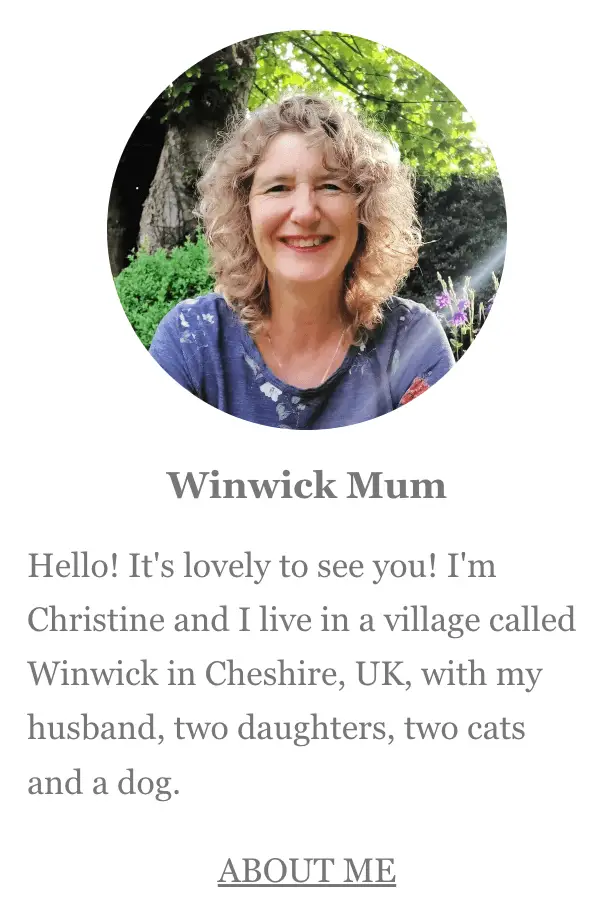

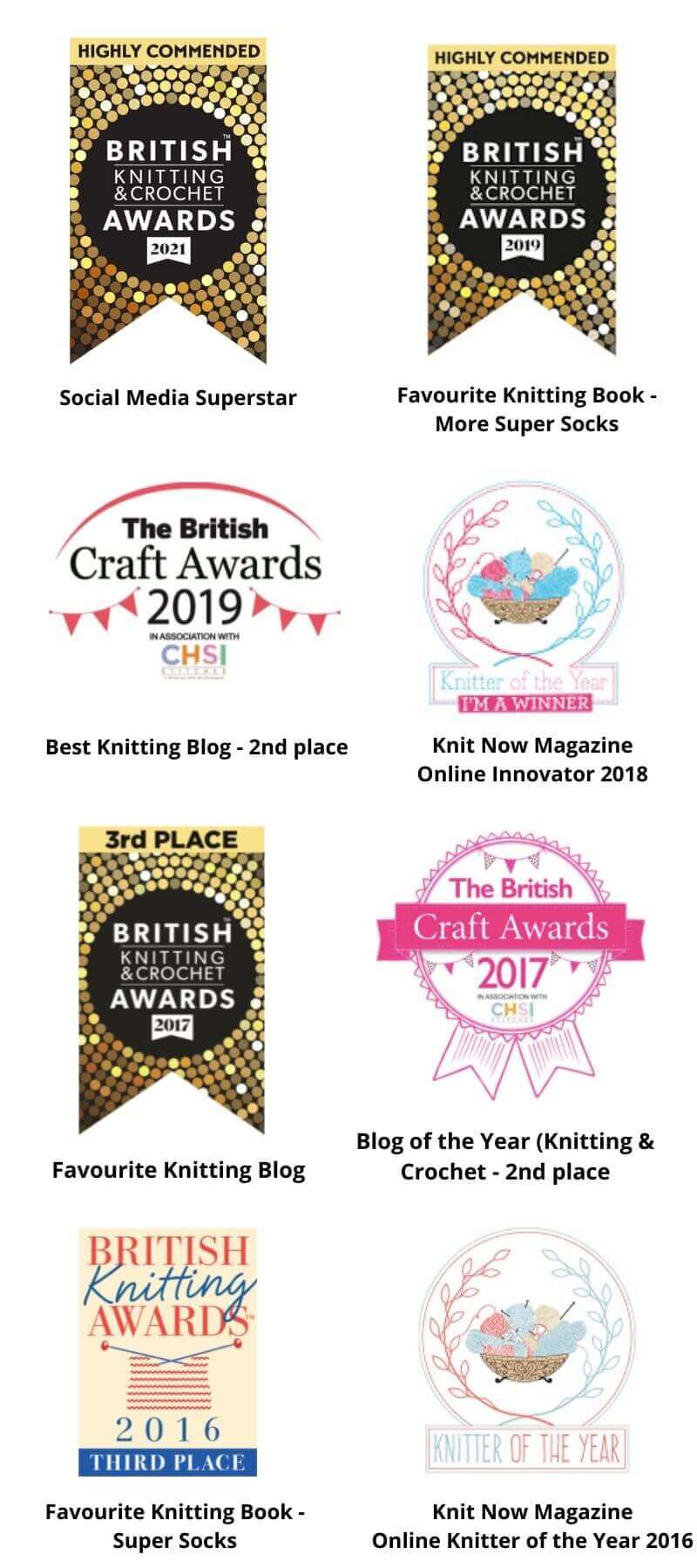

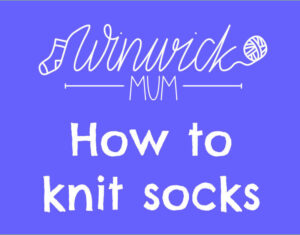


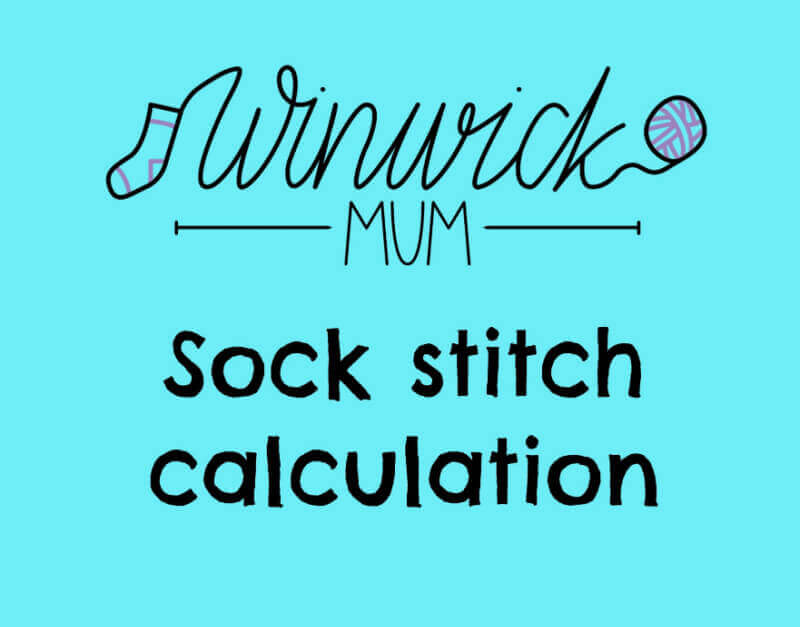






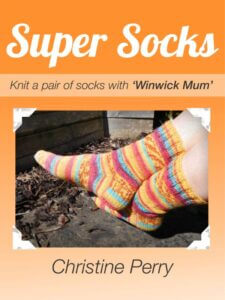
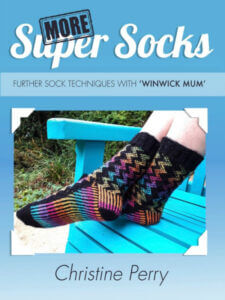


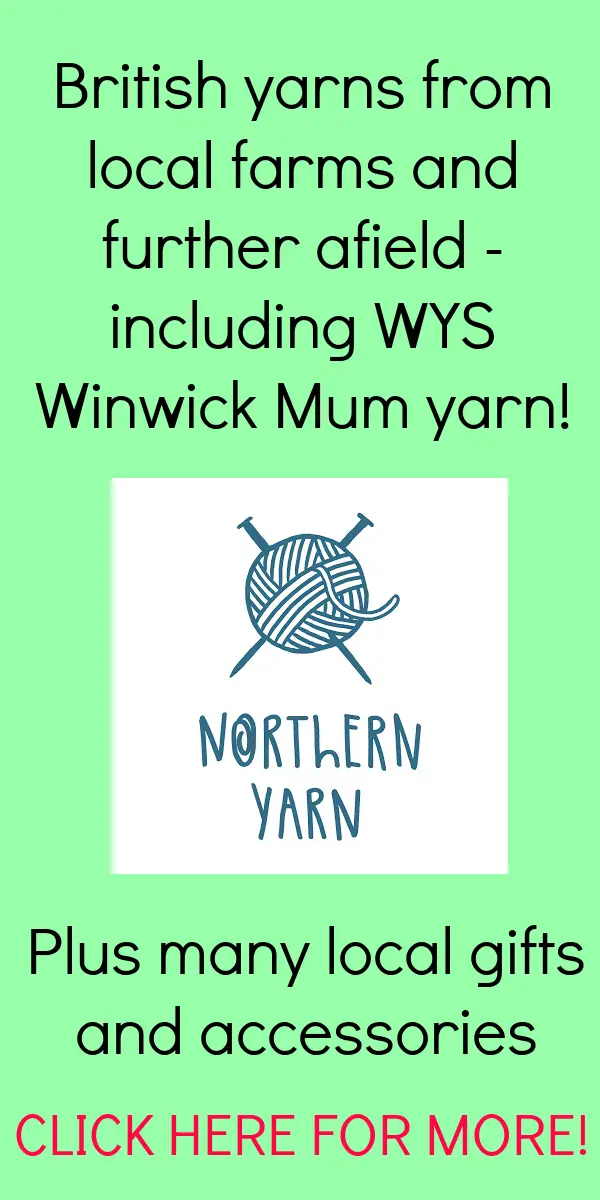

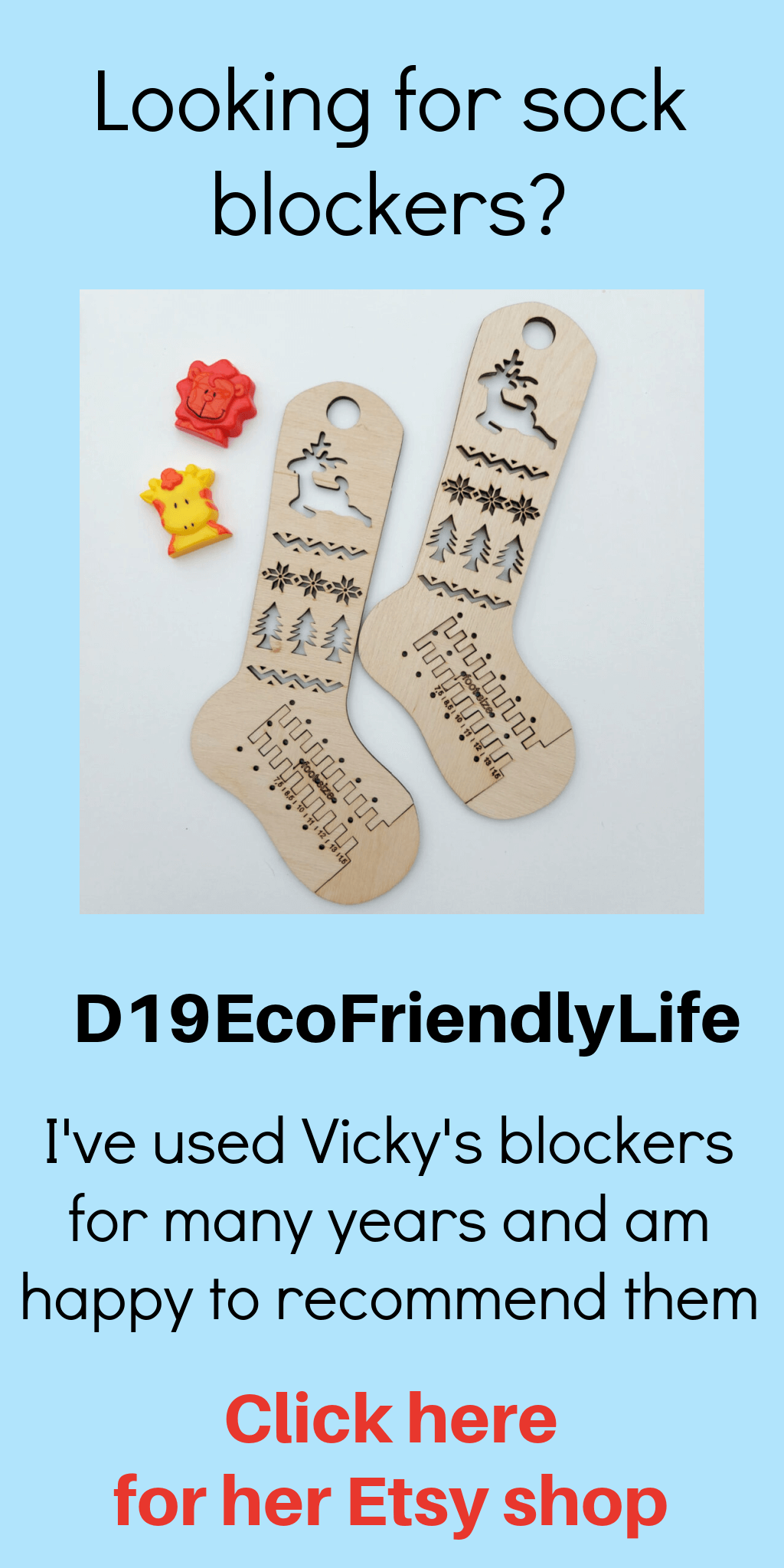

A HUGE congratulations on your win – well deserved!
What a fantastic day. Thanks for letting us join you, and for all the information. Did you have to write it all down, or have you got a very good memory? Those huge piles of tops look like squishy cushions – I'd have been tempted to flop down on one! xx
Thank you – and now you know why we had hi-viz jackets on! 🙂 No, I didn't remember it all as there was so much information to take in, I just made notes whilst I was listening xx
Really enjoyed learning more, thank you for taking time to enlighten us all. congratulations to you and all the winners.
Thank you! xx
This has been such an interesting post Christine. Thank you!
I'm glad you enjoyed it, thank you! xx
Congrats. What a wonderful prize. Can you share a photo of the yarn you received. That must have been a lovely surprise. Never have too much yarn. I think my house must have the cleanest air in the valley 🤣🤣. My father had a property (called a Station due to its size) thatcarried 8,000 sheep in a good year but only 5,000 in a poorer year. I loved shearing time and travelling to Melbourne to watch it been sold. Great memories.
That's an incredible number of sheep, I can't begin to imagine what that must have looked like when they were all rounded up for shearing! Yes, I did wonder as I wrote about the wool helping to clean the air whether that would be licence for stashes all over the world to come out of their hiding places … 🙂 I've posted about the yarn from the awards day in my latest post xx
What a brilliant prize and well done for winning. I really enjoyed reading this post – so interesting and informative. Loved it. Just finished a pair of WYS socks using your Christmas Lights pattern. Can't wait to see your new wool and the book.
Thank you! I was a bit worried it was getting a bit long but there was so much to see! 🙂 xx
Most interesting e mail gained a lot of info from it thank you.
Thank you! xx
Wonderful to see what happens behind the scenes. As a spinner and knitter I find it all fascinating. I am looking forward to knitting with your yarn and hope it will be available for shipping to Canada soon.
I think it's amazing to see how it all works and what goes into producing the balls of yarn that end up in our project bags. I am hoping my yarn will be in Canada very soon too! 🙂 xx
Congratulations on your award as well..tis early here. I love your books and your blog.
Thank you! 🙂 xx
Congratulations and well deserved. It looked like an Aladdin’s cave. Absolutely magic! What a wonderful day you must have had. Thank you for sharing it with us. I thoroughly enjoy your posts. I settle down with a cuppa and lose myself for a wee while. Thank you.
Thank you, I'm glad you enjoyed it! It certainly was an amazing day out! xx
Congrats to you!!! and thank you for letting me in on your great day!!! Love reading and looking at all the pics!!!
Thank you, I'm really glad you enjoyed reading it! xx
Absolutely fantastic blog – many congratulations again on your award – richly deserved! A great day out and beautifully conveyed – I am a keen user of all products British and this makes buying British Wool even more important to me! Thank you for the interesting and educational blog which must have taken you ages to put together!! Wonderful photos!!
I think it's a fabulous thing to know where the yarn comes from and how it is produced; it always makes me feel more connected to what I'm knitting, somehow. I'm really glad you enjoyed reading the post, thank you! xx
So very well done, Christine. I love hearing how well you are doing. It's great that you have brought socks to so many of us that were hesitant and not fearless to start with. Your new colours make me smile and also cry with emotion (I know, weird, hey). Long may your everyday, accessible and happy socks reign, Queen of Socks!!
Nothing weird about it at all, I've cried with emotion over the yarns too! 🙂 I hope you are feeling much more of a fearless knitter these days, I'm glad you've found the blog tutorials helpful! 🙂 xx
CONGRATULATIONS!
am totally gobsmacked from the tour & what goes into the wool & yarn processes! it's been very educational! enjoyed the tour & the information immensely.
thanx for sharing
Thank you! I'm really glad you enjoyed it! 🙂 xx